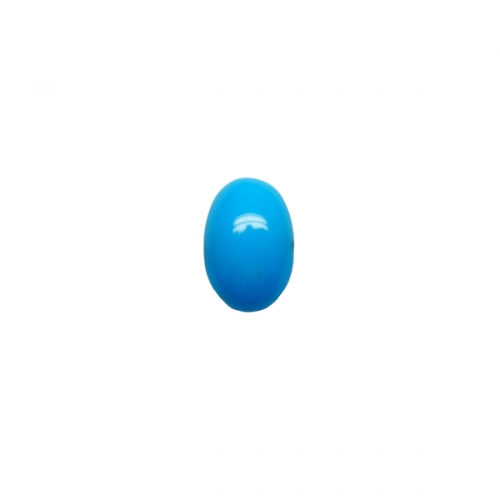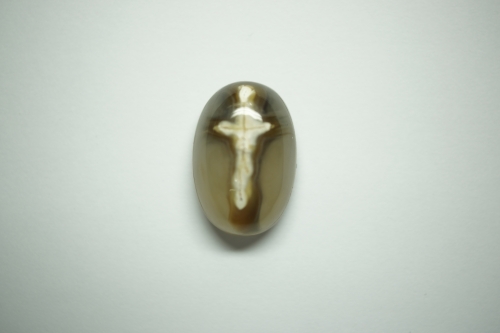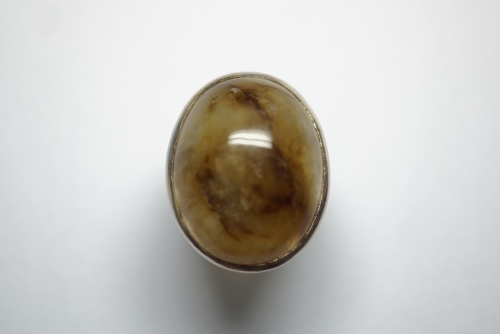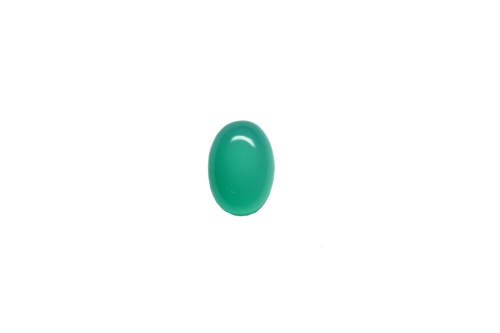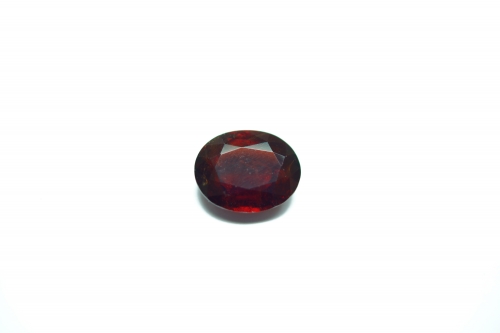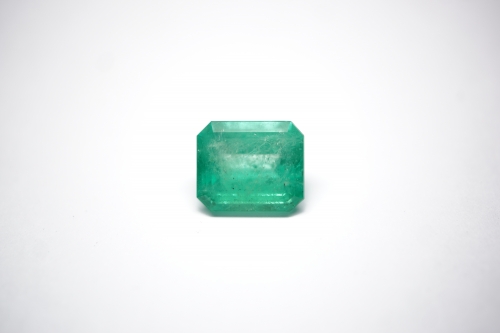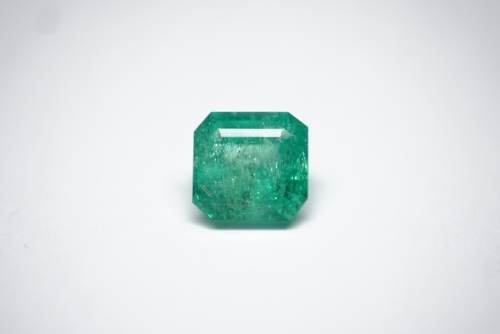Product Description
History
Turquoise has been an important gemstone in many Eastern cultures for thousands of years. This is reflected in the English name for the gem which dates to the 16th century, is derived from an Old French word for “Turkish”, because the mineral was first brought to Europe via Turkey by traders from Asia. The turquoise probably came from famous turquoise mines in Iran or Egypt before reaching Turkey.
Sources
For 2000 years the traditional source for the top colour turquoise is the Nishapur district of Iran, the country formerly known as Persia. So, quite often, you’ll hear people in the trade call turquoise of this beautiful colour “Persian blue”. Today deposits are also found in Afghanistan, Argentina, Australia, Brazil, China, Israel, Egypt, United States, Mexico and Tanzania.
Quality
In the gem market, top-quality turquoise with no matrix at all command the highest prices. Turquoise with attractive spiderweb matrix rank second in value.
Trivia
Turquoise jewellery found in the tombs of Egyptian pharaohs date back to 4000BC.

